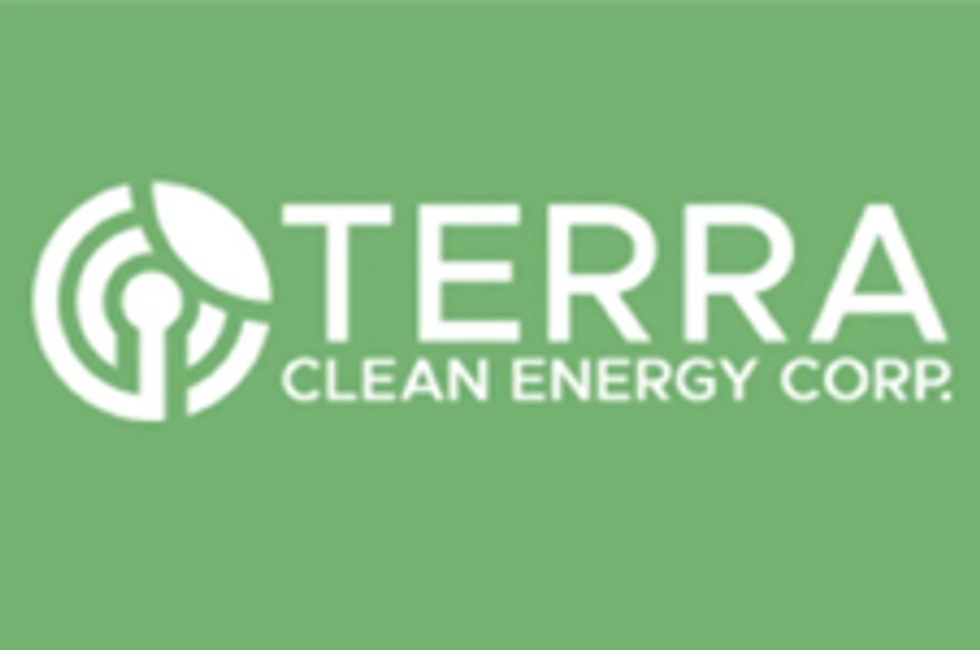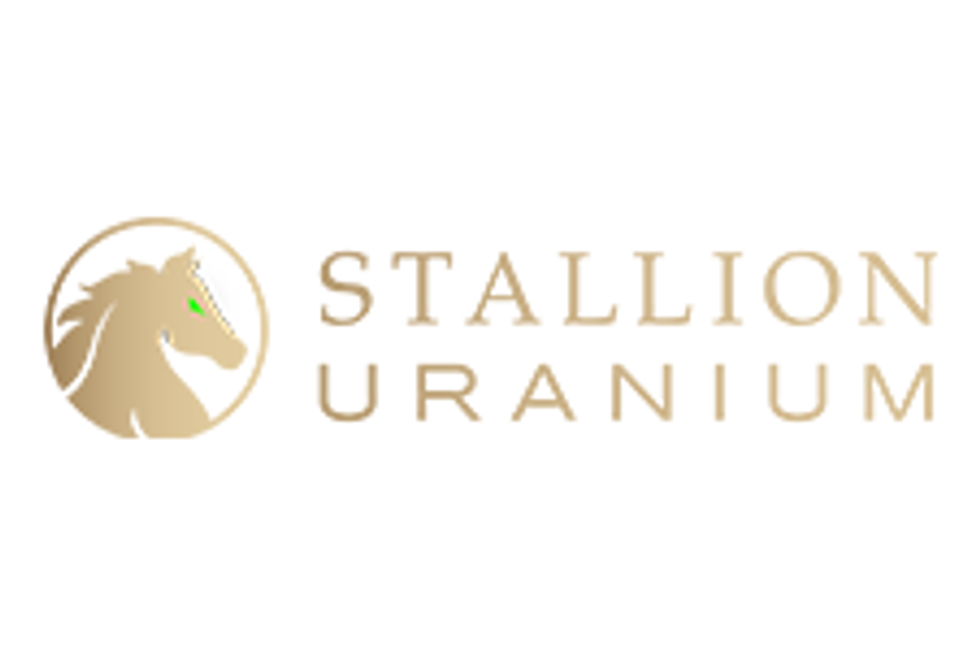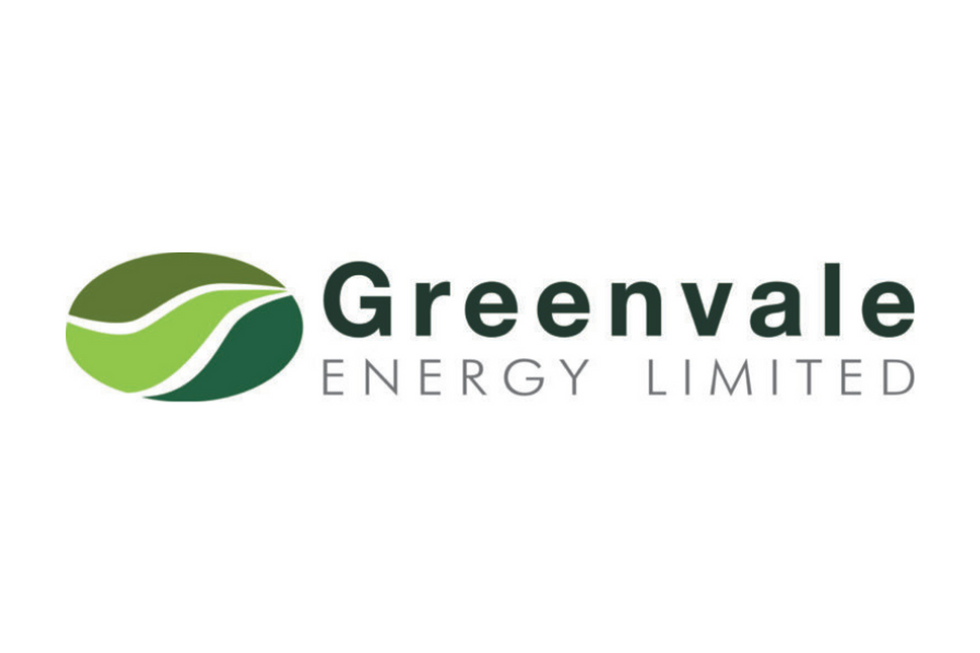John Kaiser on the Uranium Project that Could Become a Major New Discovery
The project is located in the Athabasca Basin and Cameco has the option to earn a 70-percent stake in it.
Uranium has been out of favor for the last few years, and as John Kaiser of Kaiser Research explains in this video interview, the Fukushima disaster is largely to blame. “Fukushima is the problem,” he says, “the Japanese nuclear reactors have been on standby ever since then, and that means they have all their stockpiles that they had then.”
What’s more, “because of the long-term contracts that they still had to honor, they’ve been piling up bigger stockpiles of uranium.”
He believes that while further production cuts in Kazakhstan and greater use of nuclear power in places like China and the US could help bring the market back into balance, the elimination of stockpiles in Japan is key. “Until that stockpile problem is gone, it is hard to see why uranium would get in the near term … to say [the] $50 to $70 range,” he comments.
Even so, Kaiser thinks investors interested in the uranium space still have the opportunity to profit. One uranium junior that he’s a fan of is Uravan Minerals (TSXV:UVN), which owns the Stewardson project in Saskatchewan’s Athabasca Basin. Cameco (TSX:CCO,NYSE:CCJ) has an option to earn a 70-percent interest in the project, and Kaiser believes “if [Uravan] can get Cameco to either give it back to them or do some work, [Stewardson could be] a major new discovery in the Athabasca Basin.”
Watch the interview above to learn more about Uravan, the Athabasca Basin and the uranium market as a whole. The transcript is below, as are links to different parts of the video:
- 0:11 — uranium supply/demand dynamics
- 3:42 — Kazakhstan’s uranium production cut
- 4:13 — Uravan Minerals overview
- 5:51 — Athabasca Basin geology
INN: The uranium market has been a little lackluster in the last few years. Can you talk about some of the problems the uranium market has faced?
JK: Fukushima is the problem with the uranium market, because the Japanese nuclear reactors have been on standby ever since then, and that means they have all their stockpiles that they had then, and because of the long-term contracts that they still had to honor, they’ve been piling up bigger stockpiles of uranium. So this is an overhang that if Japan decides to permanently pull the plug on nuclear energy, such as Germany has done, this is going to be hanging over the market for a long time. And long-term prices, contract prices were being quoted at $30 a pound, spot had sunk as low as $18 a pound. Even at $30, nobody is actually going to sell any because you can’t make money with almost any of them — neither these low-grade mines, nor these high-grade ones from the Athabasca Basin. But until that stockpile problem is gone, it is hard to see why uranium would get, in the near-term, back to say [the] $50, $70 range where all of a sudden these deposits are back in action.
Now there’s been a whole sort of crowd pumping a uranium bull market, premising it on all these Chinese reactors coming online — and they will gradually come online, but that’s farther down the road. There will eventually be a shortage of uranium, but it’s not going to cause a price rise. Now, they can maybe manipulate the stock price higher if Japan were to say, “yes, we’re going to go back.” So then they sit on it, it means lackluster demand, but at least we don’t have this supply, liquidation supply, coming to the market.
The other big problem is Kazakhstan, and they have come from near nowhere to being the world’s biggest uranium producer, and they do it through in-situ leaching. They do it in an environmentally unhelpful manner. They’re probably going through their own depletion cycle where they’ve recovered what they can from the easy stuff, probably left a real nasty mess. But that Kazakhstan supply has also sort of put a lid on uranium, and here’s again a geopolitical thing. If Putin decides he needs to get on with annexing the Baltic states and maybe bringing back some of these other countries into the Soviet empire, Kazakhstan uranium supply could suddenly not be there anymore, and then you’d see uranium rocket to $100. All this stuff that Trump’s going to say, like “we’re going to bring back nuclear energy” — he may, but it would be 10 years before any new power plant comes online in the US, so that has zero consequence other than a good sound bite and [getting] people to talk about uranium. But a supply disruption from Kazakhstan — that could get a bull market going again.
INN: Kazakhstan recently said it will cut production a little bit — is that not enough? How do you see that playing into it?
JK: It’s not clear whether they’re cutting production because they have no choice, or because they’re voluntarily doing it. If they have no choice because it’s starting to deplete, that’s good because they’ll probably cut more and more, and that will take some of the pressure off.
I’m not very much into the uranium optionality plays. I think uranium exploration is very interesting. You go to the Athabasca Basin, you look for high-grade deposits that are not going to come on stream any earlier than 10 years from now. But the Athabasca Basin in Saskatchewan has these high-grade deposits there, and one that I’ve been covering the last few years, which is also an exploration innovation, is Uravan Minerals. Their main project is Stewardson, on which Cameco is about $1.5 million away from earning 50 percent. And they have to do something this year or give it back. Cameco likes this area, the holes [that were] drilled in the past weren’t in the right spot; they’ve narrowed in where it is.
They have this technique of measuring the lead isotope ratios in clay, and it’s a fascinating story because although the deposits will be down 800 meters at the unconformity, microbes managed to get down there and literally eat the sulfides in the deposits and create methane exhalations, which become transporters for bits of the elements. These certain lead isotopes are decay products of uranium, so they stick to the clay at surface, [and] they also end up in the sandstone rock. A government study … has just [been done on] McArthur River and used this technique — [it] showed that beautifully McArthur River, which is the world’s best uranium deposit, is visible using this technique. And so this company, it’s very cheap, but they’ve been working on this, it’s science driven. The Stewardson project, if they can get Cameco to either give it back to them, or do some work, could result in a major new discovery in the Athabasca Basin.
INN: There’s a bit of an east/west divide in the Athabasca Basin, can you talk about that?
JK: Most of the deposits have been found in the eastern flank of the basin, and the basin — it’s actually a giant contortion which resulted in a hole being created in the Earth, and it gradually filled with all this erosional sediment. So you’ve got this big sandstone that gets as deep as 5,000, 10,000 feet in the middle, so it kind of slopes in the middle, and these deposits tend to form at the interface between the basement rocks and the sandstones where there are structures. And so the structures run north/south and they’re on the eastern side, so they’ve been able to wander ever deeper into the basin as geophysical techniques improve, and can see deeper targets.
The problem with the north and south is you follow these structures and then they quickly get too deep. But the new thing that’s gotten a lot of excitement is in the western part. First Fission Uranium (TSX:FCU) found the Triple R deposit, and this is a basement-hosted system, the sandstones have long ago been eroded away. Then NexGen Energy (TSX:NXE) found an even better system along this whole structure of high-grade minimization that’s going to be underground mineable. But this has sort of revived interest in these different corridors, and [companies have started] chasing them and exploring deeper.
For Uravan Minerals with its method, they can use a surface technique to detect indirectly the presence of a deposit. So as you get deeper into the basin and the geophysics start becoming fuzzy, you need geochemical support. And the problem with the targets there is the uranium deposits form where there are graphite beds, and graphite is what you actually sort of see as a conductor, as an EM conductor — in fact, the uranium replaces the graphite, it’s actually a hole in the conductor that is the uranium deposit. You’ve got to use these conductors, and so if you do not have geochemical support, you’ll blow your brains out drilling all these great looking targets that turn out to be just graphite. The graphite is everywhere, but the uranium only forms in these certain places where all the conditions come together in the right way.
Don’t forget to follow us @INN_Resource for real-time news updates!
Securities Disclosure: I, Charlotte McLeod, hold no direct investment interest in any company mentioned in this article.
Editorial Disclosure: The Investing News Network does not guarantee the accuracy or thoroughness of the information reported in contributed article. The opinions expressed in these interviews do not reflect the opinions of the Investing News Network and do not constitute investment advice. All readers are encouraged to perform their own due diligence.
John Kaiser owns shares of Uravan Minerals.
Related reading:
John Kaiser’s Favorite Gold Juniors
John Kaiser: Demand for Large, Gem-quality Diamonds is Here to Stay






